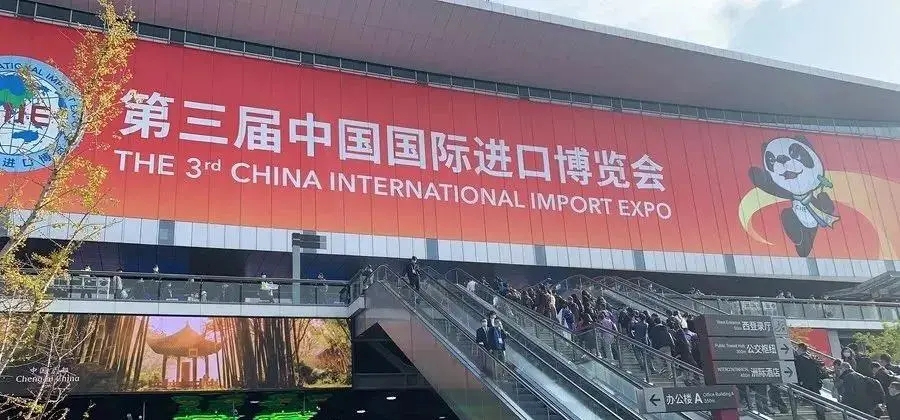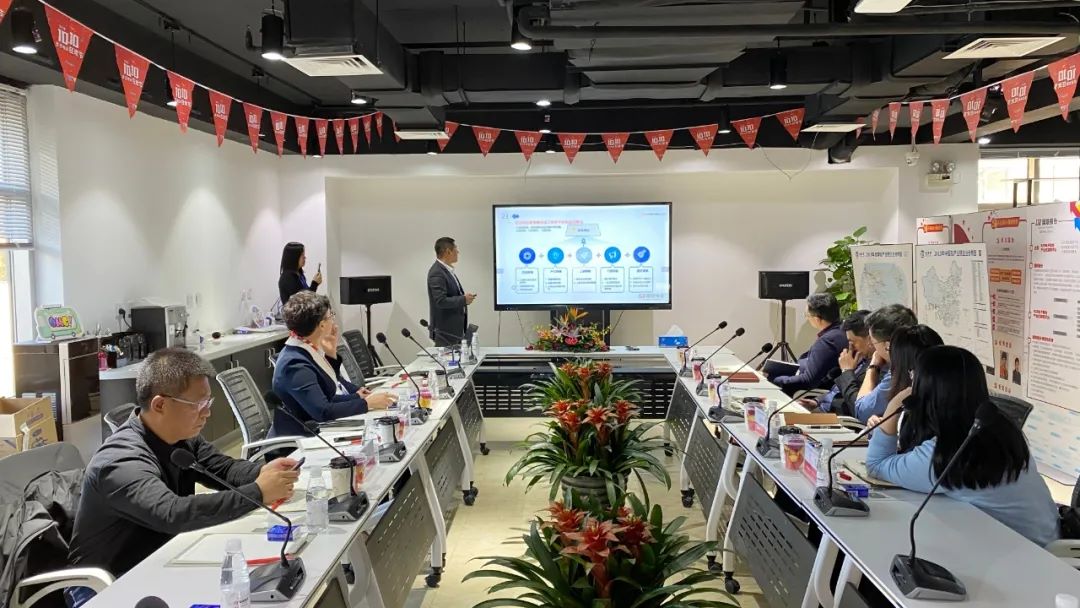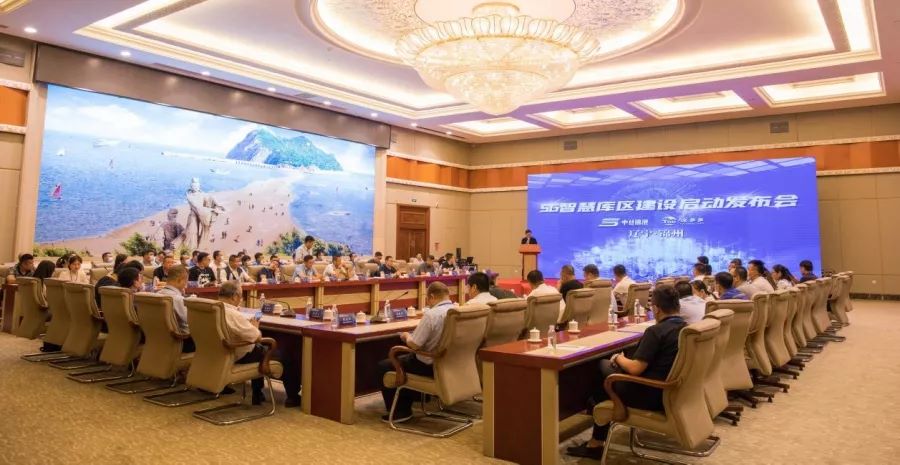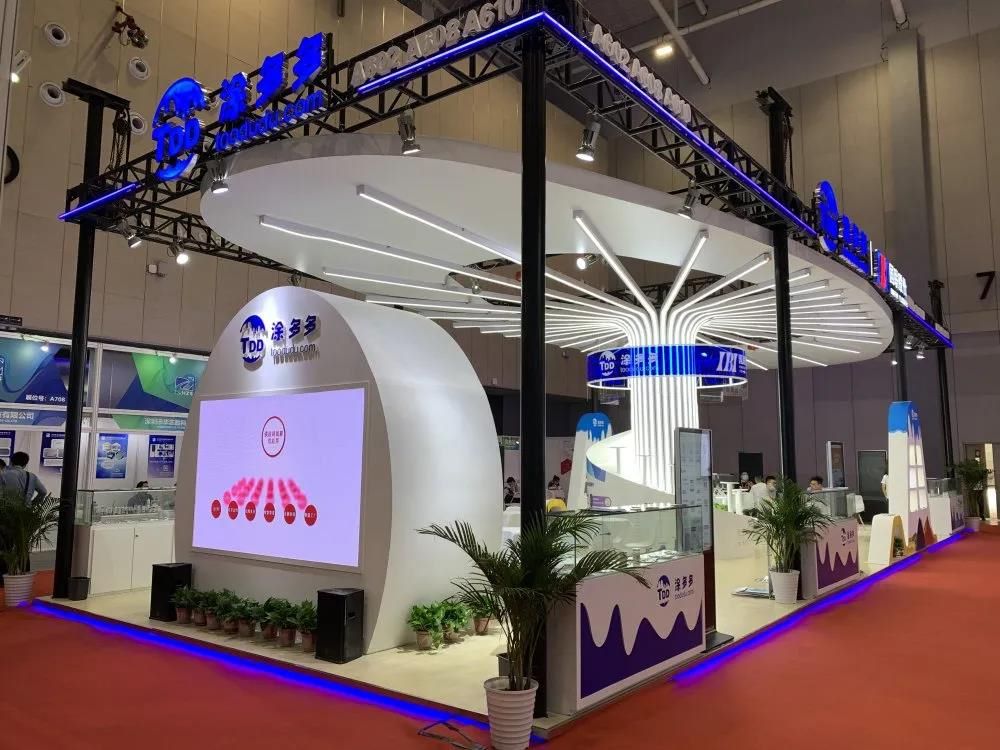Analysis of the impact of tariffs on rubber
Tariff policy upgrade - from "reciprocal pressure" to "all-out confrontation" In April 2025, the US tariff policy on China not only upgraded again, but also set a precedent for how future tariffs will affect rubber products, which is specifically manifested in three aspects of "precision strikes and joint transmission":
Core strike: From April 3, a 25% tariff will be imposed on imported automobiles and parts, including rubber products such as tires and rebound devices.

Extended strike: From April 8, the tariff on goods produced in China and exported to the United States will be increased from 34% to 84%, and from April 12, the tariff will be increased to 125%, applicable to deep-processed products such as rubber magnets and medical plugs.
Geopolitical trap: Tires produced in Southeast Asian countries to which China transfers production capacity (Thailand 36%, Vietnam 46%, Cambodia 49%) are subject to tariffs of 36%-49%, and secondary tariffs are imposed on production capacity that China is trying to avoid being taxed.
Price trend: panic decline and cost support game Futures market: Starting from April 3, the main rubber contract opened at the limit down, and the RU2509 contract closed at 14,650 yuan/ton, down 9% from before the holiday; the price of raw cup rubber in the Thai production area also fell to 49.3 baht/kg, a new low this year.
Spot market: Shanghai latex quoted 14,650 yuan/ton, Shandong STR20# mixed rubber quoted 14,525 yuan/ton, down about 10% from the average price in March. However, affected by the rise in crude oil (Brent crude oil broke through US$85/barrel), synthetic rubber rose 5% against the trend.
The impact of US tariffs on the rubber industry has been upgraded from "trade friction" to "industrial chain reconstruction". In the short term, price fluctuations and shrinking demand are still the main challenges; in the long term, the industry will breed new opportunities in green transformation, technological innovation and regional layout. Enterprises need to find a balance between "cost control" and "technological breakthroughs", and the government should escort the industry through tools such as free trade agreements and tax policies.
- A variety of ultra-high performance tires compete702
- Lubricant and tire prices soar due to tariffs965
- The more difficulties we face, the more courageous Chinese tires are1015
- Domestic and international rubber market situation on April 17, 20251037
- Cognitive breakthrough of tire safety technology: from single reliance to system construction970









